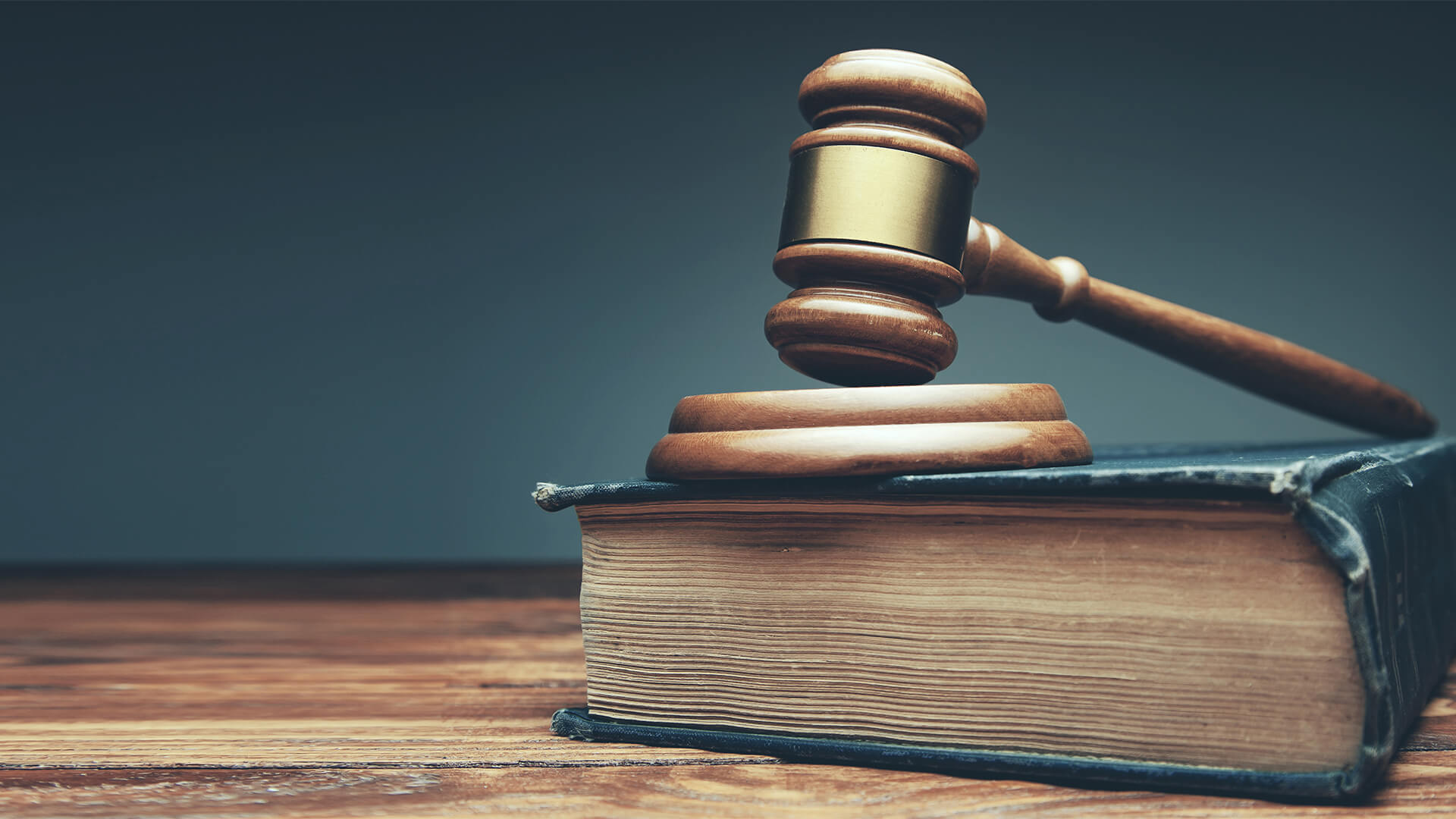It is a criminal offense in New South Wales to make false accusations of having them investigated by police. The crimes opposing false reports are contained inside the Crimes Act 1900 (NSW). Section 547B of the Act is headed ‘public mischief’ and prescribes a maximum penalty of two years’ imprisonment for knowingly creating a false illustration to a police officer that an action has occurred or will occur, to name for policy research.
The offense may be set up no matter whether or not the announcement became made immediately to the police or to another celebration in which it’d moderately require reporting to the police. Also, section 314 of the Act is titled ‘fake accusations.’ It sets down the highest penalty of 7 years in prison for accusing another individual of subjecting that character to research while understanding that nature is innocent. However, the laws against fake lawsuits don’t usually prevent humans from making them. In reality, such cases are created for any motives, from revenge towards former partners to bolstering family law proceedings and gaining sympathy and publicity.
Aggrieved actor seeks exposure.
In the USA, in which false complaints are also a severe offense, actor Jussie Smollett is alleged to have made a false document to police of being the victim of a hate crime. Allegedly disappointed with his revenue and waning popularity, the actor mentioned being attacked by two Donald Trump supporters in Chicago for being black and homosexual.

His story evoked imagery of the United States of America’s racist past, with Smollett claiming to have had a nose positioned around his neck and assaulted. The document led US politicians to say it amounted to a “modern-day lynching.” The hassle turned into an investigation by Chicago police, who determined that the event never happened, leading to Smollett’s arrest and fee for creating a fake accusation – a legal which carries the most penalty of three years in the back of bars.
Hate crime hoaxes
The period “racial hoax” became popularised by American author Katheryn Russel-Brown to explain the fabrication of a racially influenced crime or the misidentification of race as the motivation for an actual crime. The term was historically used to charge blacks for crimes that in no way passed off, as blaming this institution made the occasions seem extra plausible, evoked more sympathy for the alleged sufferer, and caused more public outrage.
1992, for example, Jessie Anderson stabbed his wife and then superficially stuck himself, earlier than claiming two African-American men had committed the crime. Mr. Anderson’s plan to prevent justice fell apart while a basketball cap he claimed to have knocked off the wrongdoer’s head became his very own.
Ms. Russel-Brown documented 67 racial hoax cases between 1987 and 1996, 70% of which have been white-on-black hoaxes. The false reports predominantly related to false sexual assault claims against black men, with more than 1/2 being debunked weekly.
But many of the claims had been made by using minorities claiming to have been victimized by nationalists. In December 2016, as an example, pupil Yasmin Seweid claimed to have been attacked on a New York City subway by three white guys who tore the hijab from her head while yelling “Donald Trump” and making anti-Islamic slurs. Ms. Seweid later admitted lying to distract her irritated father from the fact she had been out all night consuming with buddies.
The frequency of hate crime hoaxes
The US Center for the Study of Hate and Extremism at California State University discovered that of an expected 21,000 hate crimes between 2016 and 2018, fewer than 50 reports were found to be false. The center believes that much less than 1% of all stated hate crimes are, in truth, false.
The motivation for false reports
Former FBI agent Cynthia Deitle says that the most common motivation for fake reviews turned into the preference for attention and sympathy in her twenty years investigating hate crimes. “They felt that being categorized as a ‘hate crime sufferer’ might be advantageous,” Ms. Deitle remarked.
“Sometimes the allegation was made to attract attention far from an actual bad aspect of the complainant’s lifestyles, like overall negative performance at work or school, or a feeling that the complainant changed into not getting the attention he or she deserved.” In developing identity politics, pretending to be the sufferer of a hate crime can also provide an individual with sure social capital, particularly in activist circles, through legitimizing their grievances on broader social issues.
The impact on legitimate sufferers
“Devastating is how I could describe this Smollett tale, specifically during this legislative season while a few states are seeking to pass hate crime reform payments,” said Brian Levin, a US hate crime professional and the California center’s director. “This can potentially eclipse the actual statistics about hate crimes.” Despite the infrequency of hate crime hoaxes, many fear they can undermine valid court cases by making the government much less likely to believe them and can even save you, true victims, from coming ahead.





